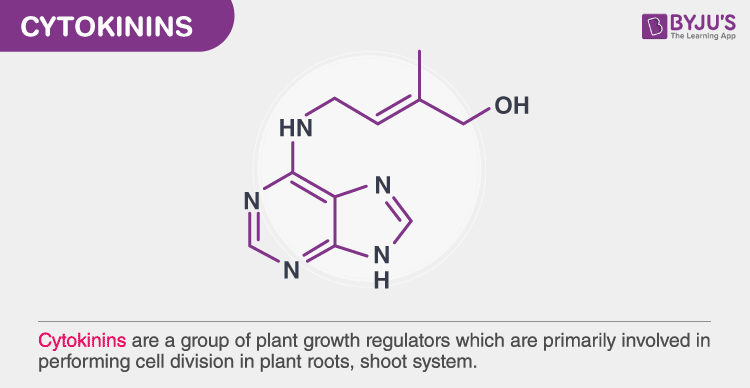Plants are living organisms that play a vital role in the Earth's ecosystem. They provide oxygen, food, and habitat for many animals and are an essential source of medicine and other products for humans. Despite their importance, many people do not fully understand the structure and physiological functions of plants. In this essay, we will explore these topics in more detail.
The structure of a plant is divided into two main parts: the root system and the shoot system. The root system is responsible for anchor the plant in the ground and absorbing water and nutrients from the soil. It consists of the roots and root hairs, which are thin extensions of the roots that increase the surface area for absorption. The shoot system includes the stem, leaves, and flowers. The stem supports the plant and helps transport water and nutrients from the roots to the rest of the plant. The leaves are the primary site of photosynthesis, where the plant converts sunlight into energy. The flowers are the reproductive organs of the plant, producing seeds that will eventually grow into new plants.
Plants have several physiological functions that are essential for their survival. One of the most important functions is photosynthesis, the process by which plants convert sunlight into energy. This process occurs in the chloroplasts of the plant cells, specifically in the chlorophyll pigments. During photosynthesis, carbon dioxide and water are converted into glucose (a simple sugar) and oxygen. The glucose is used by the plant as an energy source, and the oxygen is released into the atmosphere as a byproduct.
Another important physiological function of plants is transpiration, the process by which water is lost through the leaves. This process helps regulate the plant's temperature and helps prevent the plant from becoming too dry. Water is absorbed by the roots and transported up through the stem and into the leaves, where it evaporates through small pores called stomata. The loss of water through transpiration also helps the plant absorb nutrients from the soil by creating a suction force that draws the nutrients up through the roots.
Plants also have a number of defense mechanisms to protect themselves from herbivores and other threats. These mechanisms can include physical barriers, such as thorns or spines, and chemical defenses, such as toxins or irritants. Some plants also have mutualistic relationships with other organisms, such as insects or fungi, that help protect them from herbivores in exchange for food or other resources.
In conclusion, plants are complex living organisms that have a variety of structures and physiological functions that are essential for their survival. From the root system that anchors them in the ground and absorbs nutrients to the shoot system that produces flowers and leaves, plants have evolved to thrive in a wide range of environments. Understanding the structure and physiological functions of plants can help us better appreciate their importance in the ecosystem and learn how to cultivate and care for them.






